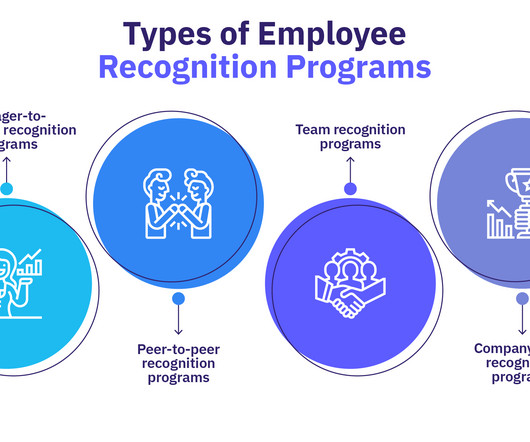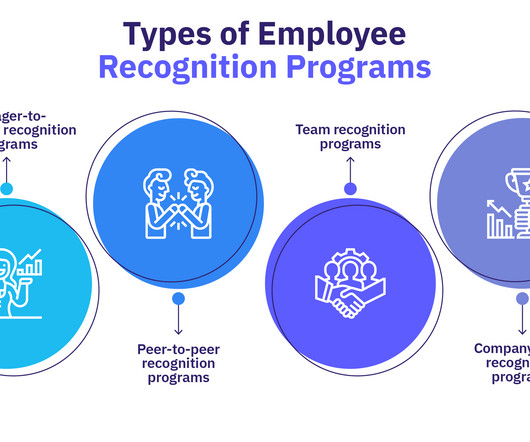1% of Payroll: The Magic Number For Social Recognition Investment
WorkHuman
FEBRUARY 16, 2017
Finding 3 in the 2016 SHRM/Globoforce Employee Recognition Survey shows that the sweet spot for values-based rewards and recognition investment is 1% or more of payroll. What’s more, the survey found that as investment increases, HR professionals perceived greater positive impacts on nearly every metric evaluated. RELATED POSTS.















Let's personalize your content